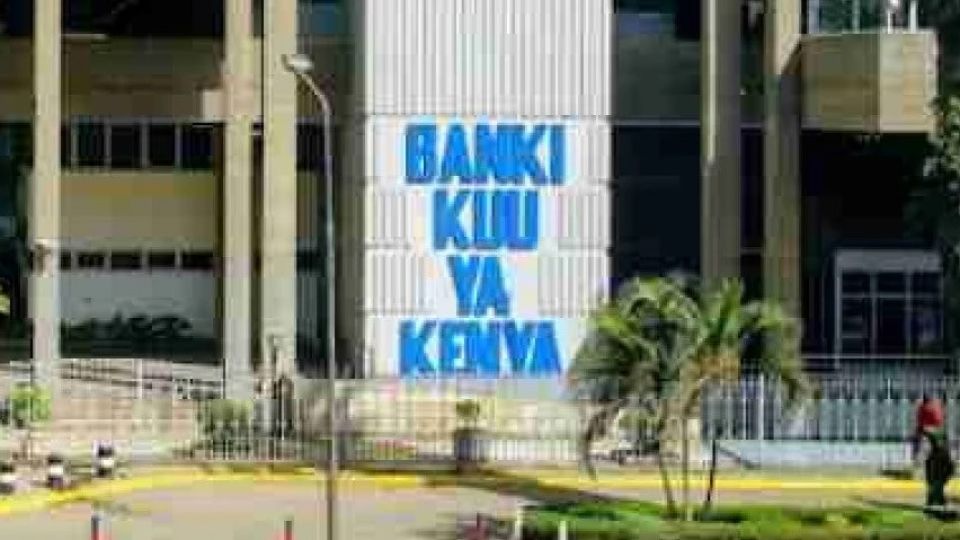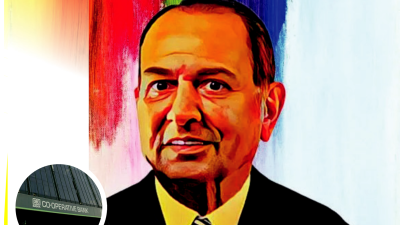Commercial banks are now calling for further cuts in the base lending rate as they eye reduced cost of credit to stimulate lending to the private sector and take pressure off borrowers.
Through their lobby, Kenya Bankers Association (KBA), the lenders are asking the Central Bank of Kenya (CBK) monetary policy committee (MPC) to announce a decisive cut on the central bank rate (CBR) when it meets on Tuesday, October 8, 2024.
KBA says in pre-MPC research note that CBK should cut the CBR from the current 12.75 percent in what will mark the second reduction since August 6 when it cut it from 13 percent.
The lobby has cited at least five pointers in the economy, which they believe justifies the need for a rate cut.
The CBR is the benchmark rate, which banks use in setting the minimum interest rate they charge to customers before factoring in risk and margin.
First, KBA says, inflation remains on a declining trend and below the mid-point of the target range, with food and fuel prices continuing to decline.
In September 2024, headline inflation declined further away from the target midpoint to 3.6 percent from 4.4 percent in August, on account of lower food and fuel prices and muted demand pressures.
Secondly, bankers say global economic uncertainty is rising, driven by geo-economics fragmentation, impacting investments and market volatility. KBA says the fragile economic growth would require a stimulus policy action to elevate it towards its potential level.
As a third point to call for a rate cut, KBA says private sector credit growth remains low on high interest rates and elevated non-performing loans, and threatens to slow economic growth, going forward.
Private sector credit growth slowed to four percent in June 2024, down from 7.9 percent in March, triggering deterioration in non-performing loans (NPLs) ratio to 16.34 percent from 15.5 percent in February. KBA believes a cut in CBR will help reverse this.
“Market concerns linger on the prospects of a further deterioration in NPL ratios should a high interest rates regime be prolonged,” says KBA.
Fourth, KBA notes that central banks in global and advanced markets have kicked off monetary policy easing streaks; signalling their intentions to solidify economic growth in respective markets amidst anchored inflationary pressures.
KBA believes Kenya should follow suit of leading banking regulators in major economies that recently cut the base lending rates in a bid to spur uptake of loans.
These include the European Central Bank which lowered its deposit facility rate by 25 basis points to 3.5 percent and the US Federal Reserve Bank, which implemented its first rate cut since March 2020, reducing the target range for the Fed funds rate by a substantial 50 basis points to 4.75 percent-5 percent and signalled further successive cuts this year through 2026.
The Bank of England also cut rates by 25 basis points in August and maintained the bank rate at five percent during its September meeting, with ongoing deliberations over further cuts.
“Thus, with the synchronised easing across major economies, and prospects of further cuts in the near to medium term, there is ample scope to effect a policy rate cut and offer support to economic growth without any adverse risks on exchange rate movements,” notes KBA.
KBA further notes that the Kenya Shilling exchange rate against major global currencies remains stable anchored on fundamentals, despite external risks. The local currency exchange rate against the US dollar has sustained its appreciation bias since February 2024.
“In view of these developments, and a well anchored inflationary pressure, there is scope to effect a decisive policy rate cut to protect and support stronger economic growth through a recovery in private sector credit growth,” said KBA.







